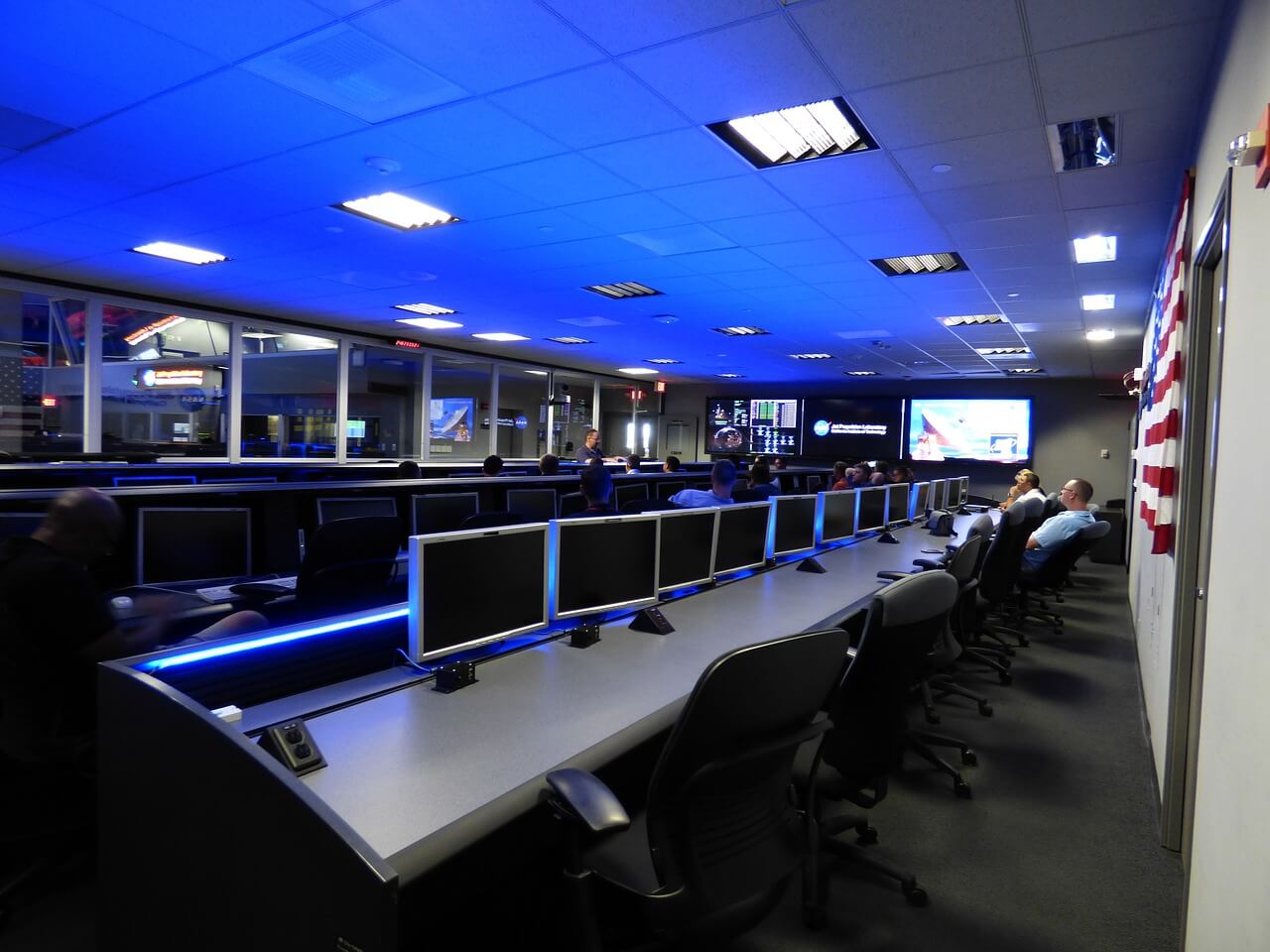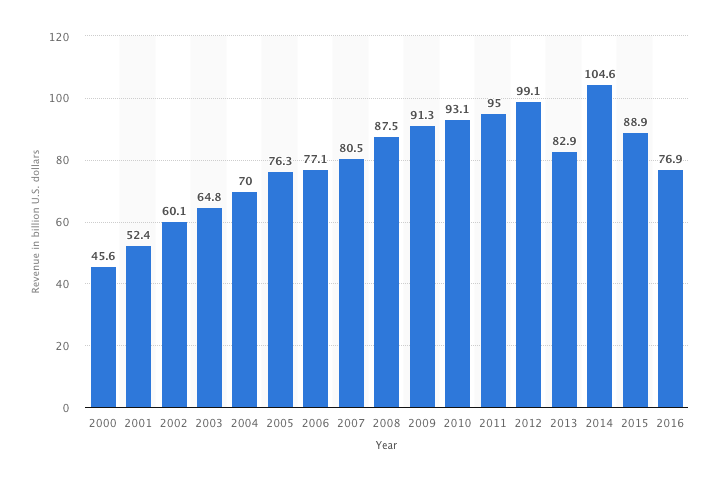+63 2 8076252
cadders@uscadd.com
Key factors to consider in your fire alarm system design - Uscadd
July 28, 2021
Key Factors to Consider In Your Fire Alarm System Design
With that said, it must also be designed in strict accordance with the various codes, regulations, and laws to ensure that they can properly do their job and keep the building occupants safe.
The overall design of the fire alarm system can be affected by many factors. Being aware of all of these at the beginning lessens the chance that any would-be forgotten down the road. Overall, it makes it a safer place for everyone involved.
Codes and regulations
In the Philippines, there is Republic Act No. 9514 or better known as the “Fire Code of the Philippines of 2008” which is in place to ensure the prevention and suppression of fires to ensure public safety.
Better technologies for fire safety
Thanks to today’s technology pushing forward advancements, building owners have better options in how to protect themselves from fires. Having better fire protection and limiting the possible loss is a goal that can be better addressed with the presence of wireless fire detection systems thanks to internet technology. This allows areas that used to be impossible to monitor, part of the wider system. This wireless system can also help cut down expenses as a single person can be able to monitor different buildings at once.
Maintenance and longevity of the system
Having alarm controls computerized helps building owners themselves to stay on top of their systems and be more involved. As a result, this reduces the possible costs of trips and onsite repairs. This can also remove the expense of doing a fire watch when the system is down. A computerized system helps provide notifications when the system is about to fail, allowing for easier repairs and more proactive maintenance through these alerts. Having a well-oiled system that is better maintained, alongside having a good fire safety engineer as a partner can help make the system last longer.
Reduce false alarms
False alarms are disruptive to any business and can reduce the effectiveness of the real alarm. Technology brings early detection devices that can trigger the right alarms as it can distinguish between other signals causing a false alarm such as dust, steam, and the like. Automatic fault detection and diagnosis of threats can all lead to a better reduction of these false alarms.
Scalability for the future
When building owners scale up the property, it usually results in a system that cannot fully cover the expansion. Being aware of future changes can allow fire safety engineers to design a scalable system with ample additional circuits and infrastructure for the future.
More than just fire alarms
Building owners who wish to have more emergency communications beyond a fire alarm can have a comprehensive system that can give voice notifications for other types of emergency situations. Traditional fire alarms make use of horns, but the newer ones make use of speakers, making them reach wider audiences and have a more effective communication range.
When designing the right fire alarm system, it does not hurt to go above the required minimum by the regulations and codes. This makes working with the right experts important as they can take account of these different regulations and keep the goals of the business owner in mind.
USCADD offers affordable CAD design services and has years of expertise in fire alarm system designs and fire and smoke detection systems for your building needs. Get peace of mind by having a well-built and safe fire alarm system. Contact us to learn more at https://www.uscadd.com/.












